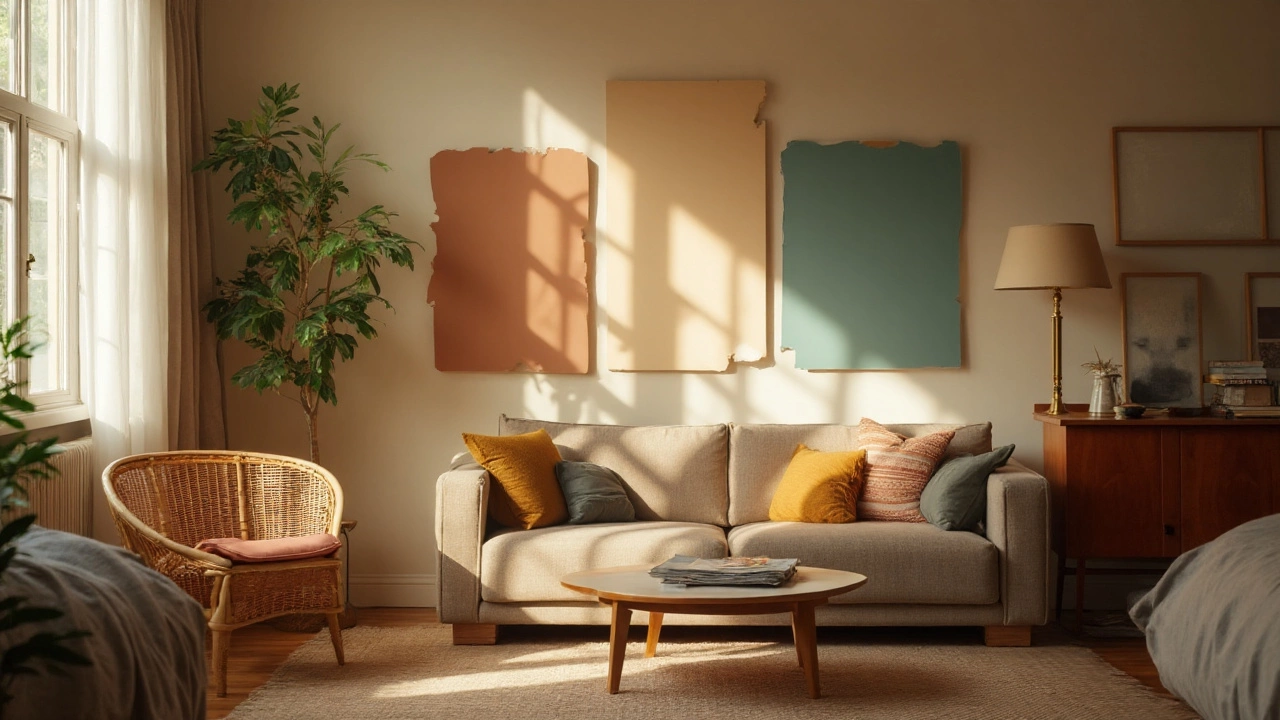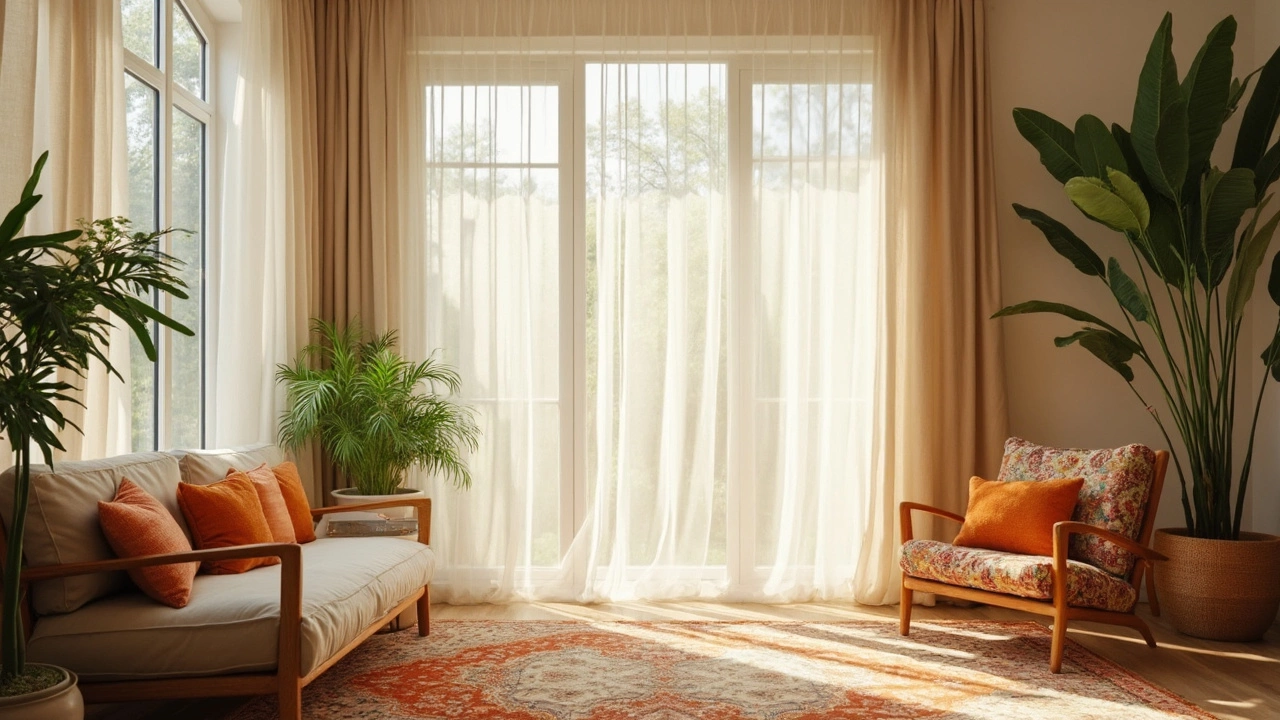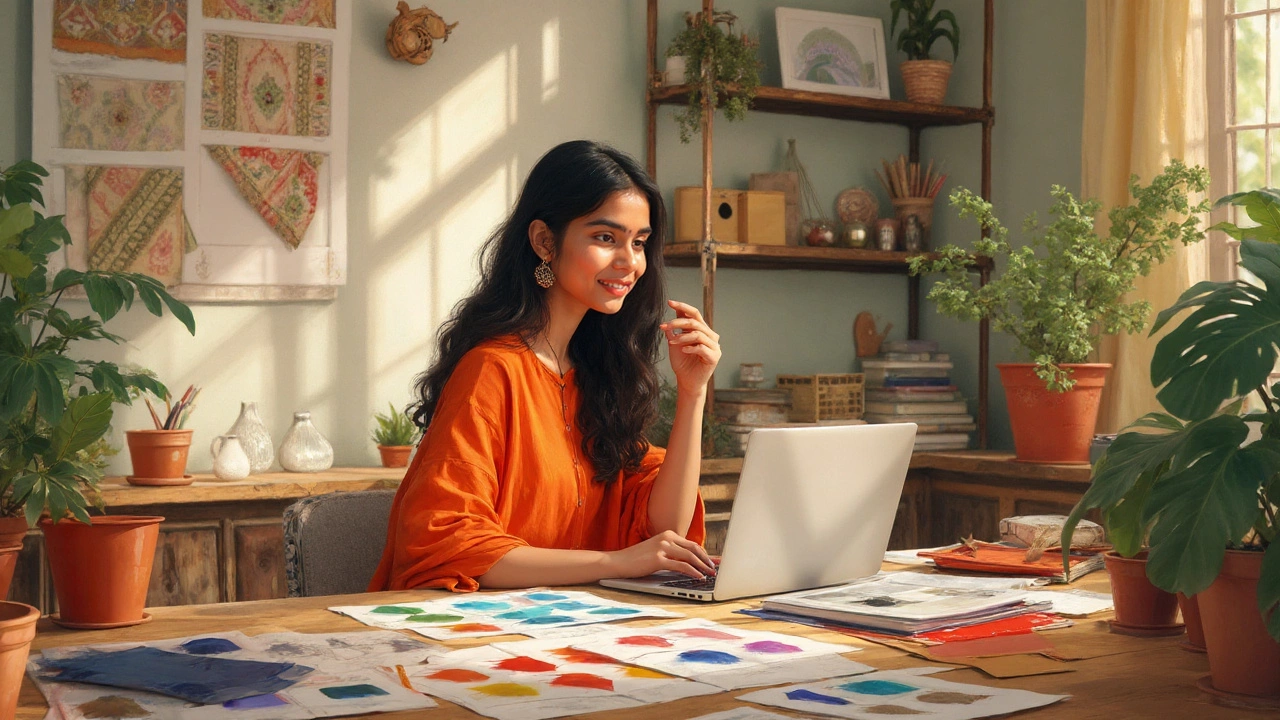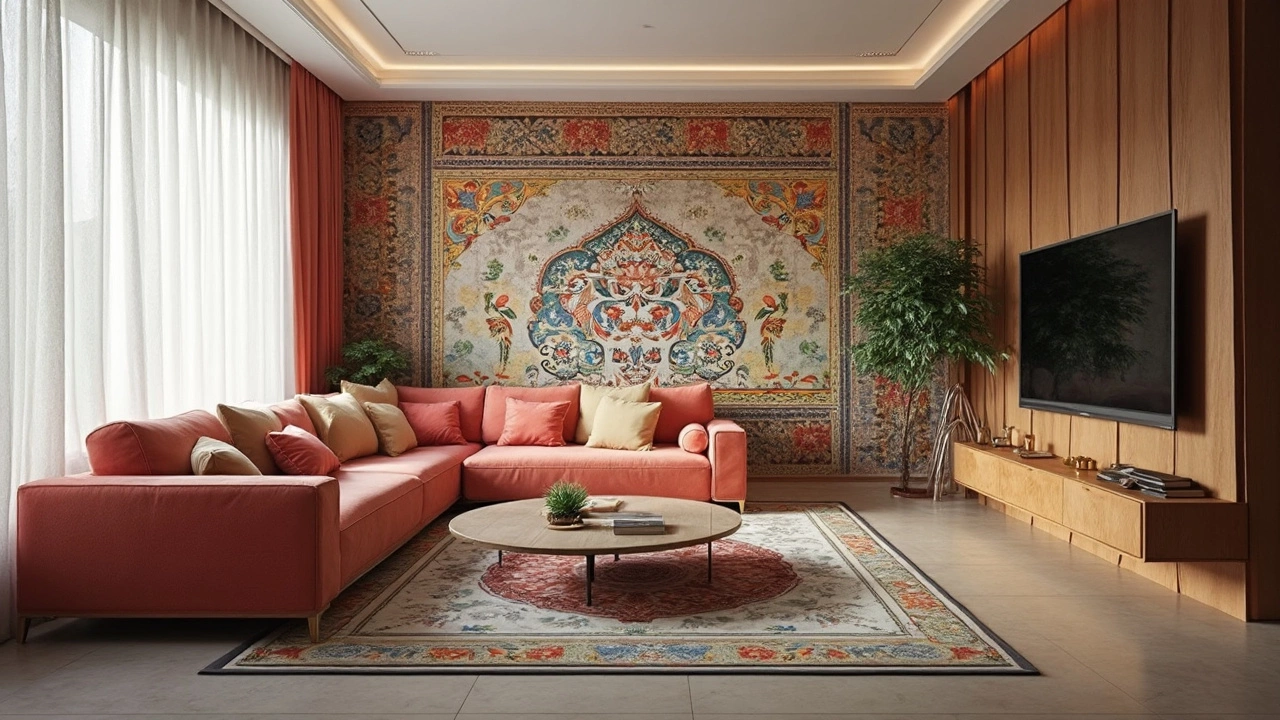You don’t need a huge budget to make your place look expensive-you need a clear plan and a few upgrades that hit above their weight: cleaner lines, better light, richer textures, and less visual noise. You’ll get quick wins you can do this weekend, a step-by-step plan for bigger impact, and simple rules that stop you from guessing. Expect small changes that stack up: calmer rooms, better scale, and a look that feels grown up, not stiff.
TL;DR
- Use a simple color story (two neutrals + one accent). Repeat it from room to room.
- Layer lighting: ceiling + floor/table + accent. Warm bulbs (2700-3000K), CRI 90+.
- Fix scale: bigger rug, larger art, fewer but larger decor pieces.
- Upgrade touch points: door levers, cabinet pulls, faucets, switch plates, towels.
- Edit hard: hide cords, ditch packaging, reduce visual clutter by half.
Jobs to be done:
- Pick a color palette and finishes that read “calm” and expensive.
- Light each room so it looks warm and intentional day and night.
- Get scale right: rugs, art, curtains, furniture spacing.
- Choose a few high-impact upgrades on a normal budget.
- Style shelves, coffee tables, and beds without clutter.
- Make it last: cleaning habits, maintenance, and smart storage.
The fast track: quick wins that make a room feel grown up
If you only do three things to make house look sophisticated, do these: fix lighting, edit hard, and scale up the anchor pieces. These are the moves people actually notice when they walk in.
1) Set a calm color story (and stick to it)
- Use the 60/30/10 rule. 60% main neutral (walls, big rug), 30% supporting neutral (sofa, bedding), 10% accent (pillows, art). This avoids a patchwork look.
- Low-contrast always feels calmer. Think warm white walls + camel + black, or soft greige + charcoal + brass.
- Paint finish matters: matte/eggshell on walls, satin/semi-gloss on trim/doors. Trim in a slight gloss looks custom with zero drama.
Note: The U.S. EPA advises low- or zero-VOC paints for indoor air quality; you’ll smell less and live better while you upgrade (EPA Indoor Air Quality, 2024).
2) Light in layers (and get the temperature right)
- Ambient + task + accent. A ceiling light alone makes any room feel cheap and flat.
- Bulbs: 2700-3000K for living spaces, 4000K max for kitchens/baths where you need clarity. CRI 90+ shows color accurately (Illuminating Engineering Society residential guidance).
- Put lamps at different heights: floor by sofa, table on a console, art light or picture light for mood.
3) Scale is everything
- Rugs: front legs of sofas/chairs on the rug; in dining rooms, add 24 inches beyond the table on all sides so chairs stay on the rug when pulled out.
- Art height: center at ~57 inches from the floor (gallery standard used by many museums like the Smithsonian).
- Curtains: hang high and wide-close to the ceiling and 8-12 inches beyond the window on each side-to make ceilings feel taller and windows grander.
4) Upgrade the stuff you touch
- Switch plates, door levers, cabinet pulls, and faucets affect how “finished” your home feels.
- Choose one metal per room as the star (brass, black, or stainless). Mixing is fine in small doses: one dominant, one supporting.
- Swap builder-grade vent covers and register grilles for clean-lined metal versions.
5) Edit like a stylist
- Clear every surface. Put back 3-5 things per surface at most, in varied heights and textures.
- Group decor in odd numbers (3 or 5). Think: one tall, one medium, one low and heavy.
- Hide cords with cable raceways; swap plastic bins for woven baskets or matte boxes.
6) Fabric and texture do the heavy lifting
- Upgrade pillow inserts to down or down-alternative; use a 24-inch insert in a 22-inch cover for a full look.
- Throw a real wool, linen, or cotton throw on the sofa; skip shiny synthetics.
- In a bedroom, layer: fitted sheet + top sheet + light quilt + duvet folded at the foot. Two euro shams + two standards + a lumbar pillow looks hotel-grade fast.
7) Scent and sound
- One subtle scent per floor, not a different one in every room. Cedar, fig, or linen reads “fresh,” not sweet.
- Ambient music at low volume smooths everything out. Think small speaker tucked on a bookshelf, not on display.
| Upgrade | Cost | Time | Impact | Notes |
|---|---|---|---|---|
| Swap bulbs to 2700-3000K, CRI 90+ | $5-$12 each | 1 hr | High | Instant warmth and better skin tones |
| Raise and widen curtains | $0-$50 | 1-2 hrs | High | Rehang existing panels higher/wider |
| Large art or mirror | $80-$300 | 1 hr | High | One big piece beats a cluttered gallery wall |
| New cabinet pulls | $2-$10 each | 2-3 hrs | Medium | Match tone to faucet/fixtures |
| Rug sizing upgrade | $150-$600 | - | High | Big rug anchors the room |
| Declutter + cord management | $20-$80 | 2-4 hrs | High | Calmer sightlines = luxury feel |
| Matte paint for walls | $40-$70/gal | Weekend | High | Low/zero VOC if possible (EPA) |
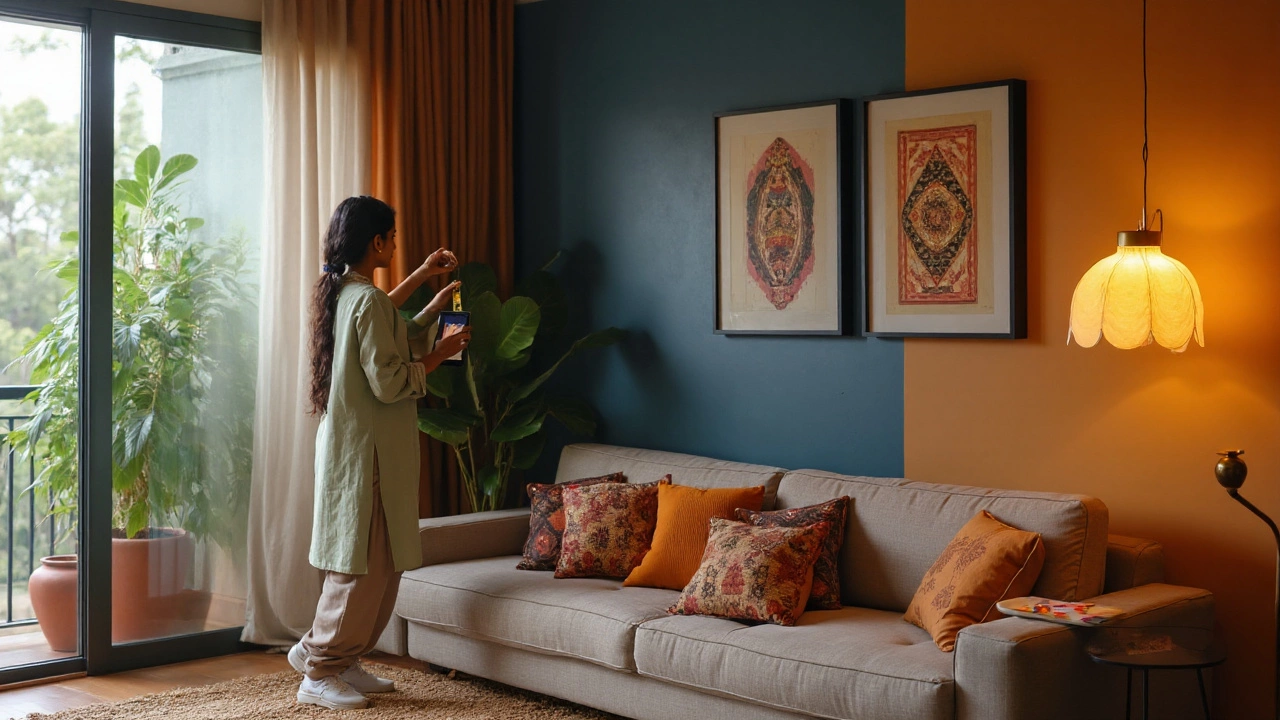
Step-by-step plan with examples, rules of thumb, and styling checklists
This is the order I use when I want results fast without redoing everything. It works for rentals, starter homes, and even new builds that feel flat.
- Pick your palette and metals (30 min)
- Choose: warm white walls + black + camel; or greige + walnut + brass; or soft white + oak + chrome. Keep it consistent across rooms.
- One star metal per room (like brass), one quiet support (black). Avoid three or more metals in a small space.
- Fix lighting (1-2 hours)
- Swap all bulbs: 2700K, CRI 90+. Dimmer where you can (look for dimmable LEDs labeled as such).
- Add at least one lamp per room. Aim for 3 light sources in living areas, 2 in bedrooms.
- IES guidance is simple: layer light. It beats any single bright fixture every time.
- Declutter, then style with purpose (2 hours)
- Remove half. You won’t miss it. If it doesn’t add scale, height, texture, or function, it’s probably noise.
- Surfaces styling formula: tall (branch or lamp) + medium (vase/book stack) + low (bowl/candle).
- Open shelves: 60% books, 30% objects, 10% air. Leave negative space.
- Scale the anchors (1-3 hours, or when you buy)
- Rug: living room often needs 8×10 or 9×12; bedrooms need 8×10 under a queen, 9×12 under a king.
- Art: choose one big piece over many small; or group a tight set in matching frames and mats.
- Curtains: floor-length, no puddles in high-traffic spaces; pleated or pinch-pleat read cleaner than grommets.
- Upgrade touch points (2-4 hours)
- Match new cabinet pulls to faucet tone; use the same finish on door hardware per floor.
- Replace yellowed outlets and switch plates with fresh white or screwless covers. Cheap, huge upgrade.
- Textile lift (1 hour)
- Sofa: three pillows max per side, mix: 1 large pattern, 1 small pattern, 1 texture/solid.
- Bedroom: euro shams + standards + a lumbar; duvet folded at the foot for weight.
- Bathroom: crisp white towels and a waffle robe signal “hotel.”
- Hide the mess (ongoing)
- Put a tray on every busy surface (coffee table, vanity, entry). Trays make clutter look intentional.
- Use woven baskets for blankets, toys, and gear; matching bins for closets. Label discreetly.
- Nature + life (30 min)
- One plant per room. If you forget to water, go snake plant or ZZ plant. A branch in a tall vase can be enough.
- Fresh fruit bowl (lemons, pears) beats fake florals every time.
- Smell + sound (10 min)
- One scent for the whole floor: light and clean. Skip plug-ins that smell artificial.
- Small speaker, low volume. Jazz, lo-fi, or classical sets a mood without taking over.
- Stand back, shoot photos, adjust (20 min)
- Your phone camera will show you clutter and crooked art that your eyes ignore.
- Edit again. Then stop.
Examples that work in the real world
Studio apartment: One big 9×12 jute rug anchors living, dining, and bed zones; a daybed instead of a bulky sofa; two tall linen curtains hung high to fake bigger windows; two lamps plus a plug-in pendant; a wall shelf doubles as a desk with a slim chair. Color story: off-white, oak, black. Result: calm, airy, not crowded.
Builder-grade suburban living room: Paint walls warm white (matte), trim semi-gloss. Black metal curtain rods, linen curtains hung high and wide. 9×12 rug so all seating sits on it. One large abstract over the sofa, not a gallery wall. Brass floor lamp by a reading chair; table lamp on a console. Swap all yellowed outlets and switch plates. Coffee table styling: branch in a big vase + two books + a bowl for remotes.
Rental with beige carpet: Layer a flatweave rug over the carpet. Add peel-and-stick contact paper to the inside of cabinets and drawers for a clean look you see every day. Plug-in sconce or picture light for night mood. Upgraded shower curtain and towels; removable wallpaper on one wall for interest.
Room-by-room polish checklist
- Entry: Slim console, mirror at 57 inches center, tray for keys, a closed basket for mail, single floor lamp.
- Living: 3 light sources, large rug, fewer big decor pieces, throws folded, remotes in a box.
- Dining: Center fixture on a dimmer; art or mirror sized at least half the width of the console; table clear except one centerpiece.
- Kitchen: Decant dry goods, matching soap dispensers, one cutting board out as decor, dish towel folded, counters mostly clear.
- Bedroom: Bed is the star; nightstands with one lamp each; hide cables; laundry bin with lid; two matching pillows minimum.
- Bath: White towels, matching pump bottles, one plant or branch, two trays (counter and shower niche), clean grout lines.
Rules of thumb you can trust
- One big statement per room (chandelier or art or rug), not all three shouting at once.
- Repeat materials three times: if you bring in walnut, show it in a frame, a bowl, and a side table.
- Odd numbers and varied heights beat symmetrical clutter, unless you’re doing formal symmetry on a mantle or console.
- Open floor? Use rugs to define zones; match the palette so it reads as one story.
Pitfalls to avoid
- Tiny rugs. They shrink a room.
- Too many small decor items. They feel messy and juvenile.
- Cool blue light bulbs (5000K+) in living areas. They make skin and wood look harsh.
- Fake florals with visible plastic stems. If it must be faux, go high-quality greenery and cut stems short.
- Matching five-piece furniture sets. Mix woods and shapes for depth.
Evidence and standards in plain English
- Lighting: The Illuminating Engineering Society (IES) recommends layering light and using warm color temperatures in residences-it’s easier on eyes and makes finishes look better.
- Paint/VOCs: The U.S. EPA points to low-/zero-VOC paints for better indoor air in occupied homes. You spend most of your time indoors; keep the air clean.
- Art height: Many galleries and museums (MoMA, Smithsonian) hang art with the center at about 57 inches. It feels natural at eye level.
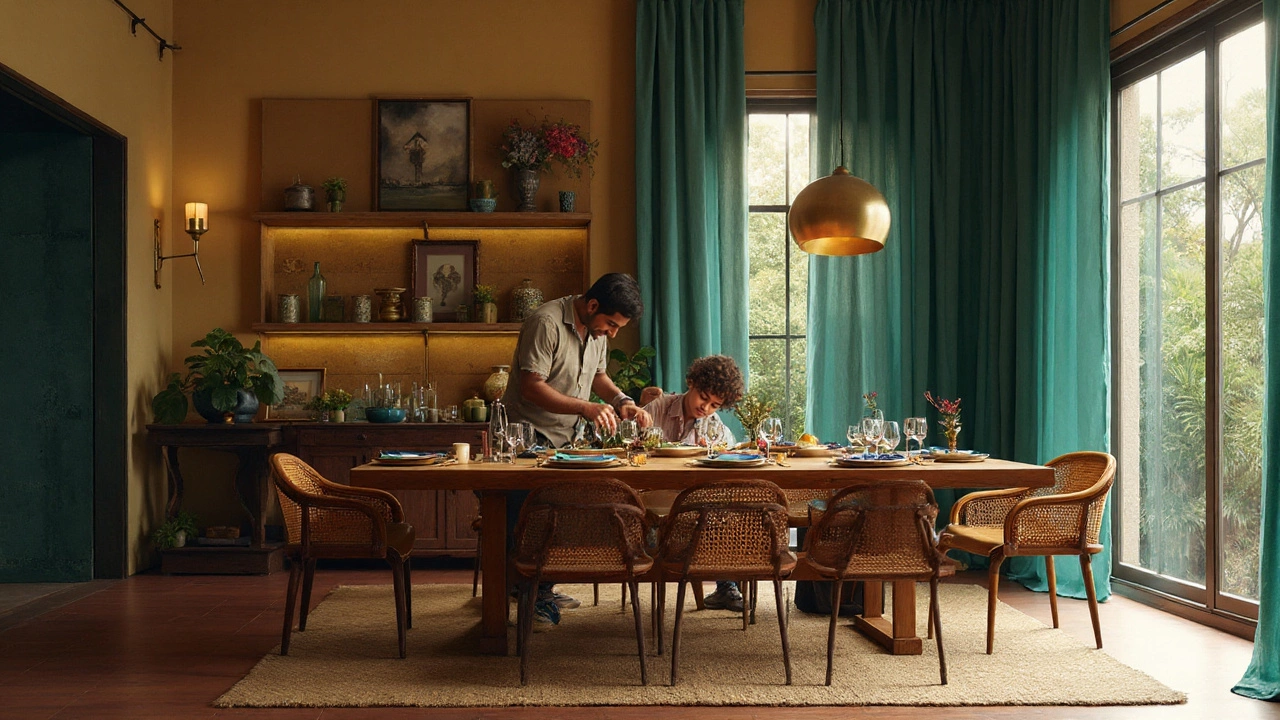
FAQ, budgets, and next steps for different scenarios
Mini‑FAQ
- Is white paint always sophisticated? Not always. Choose a warm white if you have cool light or north-facing rooms. Sample first. Two coats change everything.
- Can I mix metals? Yes. Pick one dominant (say, brass) and one supporting (black). Keep faucet and primary hardware in the dominant finish.
- How many colors is too many? Two neutrals + one accent is safe. If you love color, keep the saturation low and the accent strong, not scattered.
- Do I need real art? No. A large framed print or a DIY canvas in a neutral palette looks elevated. Go big and simple.
- Leather or fabric sofa? Either. Leather ages well and wipes clean; fabric in a tight weave and performance finish looks crisp longer.
- How high should I hang curtains? As high as you can while keeping the rod at least 2-3 inches below the ceiling. Extend rods 8-12 inches past the window on each side.
Budget playbook (pick your lane)
- $150-$300: Warm bulbs (whole house), cord management, one large framed piece of art, new towels + soap dispensers, a couple of baskets.
- $500-$900: Add an 8×10 rug, two lamps, curtain rods + linen panels, cabinet pulls for kitchen or bath, screwless switch plates.
- $1,000-$2,500: Paint main floor, a quality living room rug (9×12 if needed), statement light fixture on a dimmer, upgraded faucet and door hardware.
- $3,000+: Sofa or dining table upgrade, custom curtains or well-fitted ready-mades, built-in look with bookcases or a media wall.
Troubleshooting by scenario
- Renter: Use plug-in sconces, peel-and-stick tiles or wallpaper, and area rugs to cover floors. Keep original hardware to reinstall when you leave.
- Small space: Go fewer and larger: one big rug, one big art piece, one statement light. Use glass or acrylic for small tables to reduce visual weight.
- Kids/pets: Performance fabrics, slipcovers, and washable rugs. Closed storage at kid height. Use baskets with lids in living spaces.
Weekly 30‑minute reset
- Fold throws, fluff pillows, empty trays, wipe mirrors and metal, put away chargers and remotes, chop fruit for the bowl, water plants. That tiny routine keeps the whole house looking intentional.
When to hire help
- Electrician: If you’re installing hardwired fixtures or adding dimmers on multi-way switches.
- Handyman: For heavy art mirrors, curtain rods in plaster, or mounting TVs with cable management.
- Designer (even 1-2 hours): To confirm rug sizes, layout, and paint selections before you commit.
Your two-weekend makeover plan
- Weekend 1: Declutter every room, swap bulbs, rehang curtains, style surfaces, hide cords. Buy baskets, trays, new towels, and two lamps.
- Weekend 2: Paint main rooms, hang one large art/mirror per room, upgrade hardware in kitchen/bath, add an appropriately sized rug.
Short checklist you can screenshot
- Palette: 2 neutrals + 1 accent
- Lighting: 3 sources per room, 2700-3000K, CRI 90+
- Rug: front legs on (living), +24 inches around (dining)
- Art: center at ~57 inches
- Curtains: high and wide
- Touch points: hardware, switch plates, faucet
- Style: group in threes; tall + medium + low
- Hide: cords, packaging, remote clutter
- Nature: plant or branch per room
- Scent: one per floor, light
Make these your non-negotiables and you’ll stop wasting money on random decor that doesn’t move the needle. Calm colors, layered light, proper scale, better textures-that’s what reads as sophisticated from the front door.
